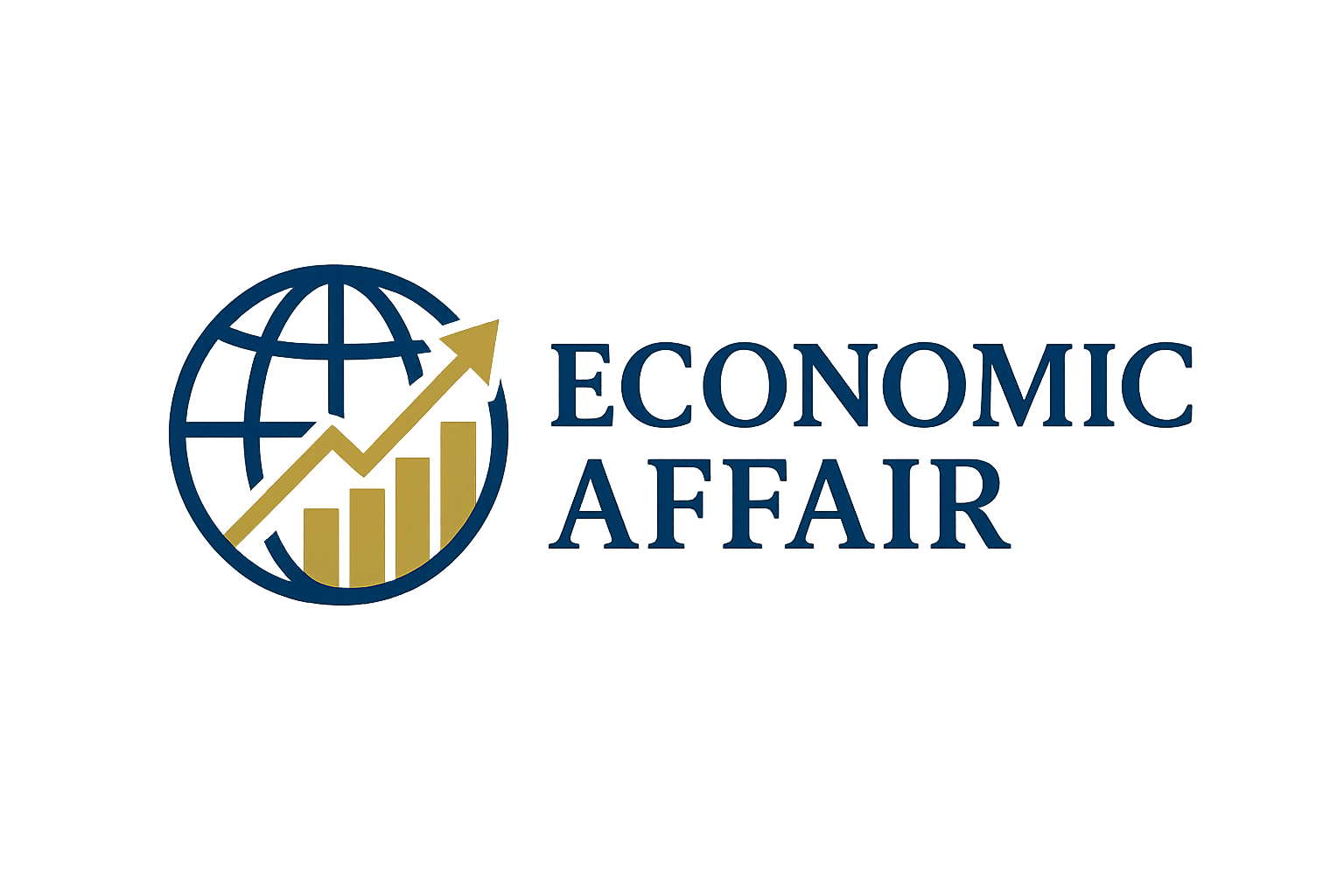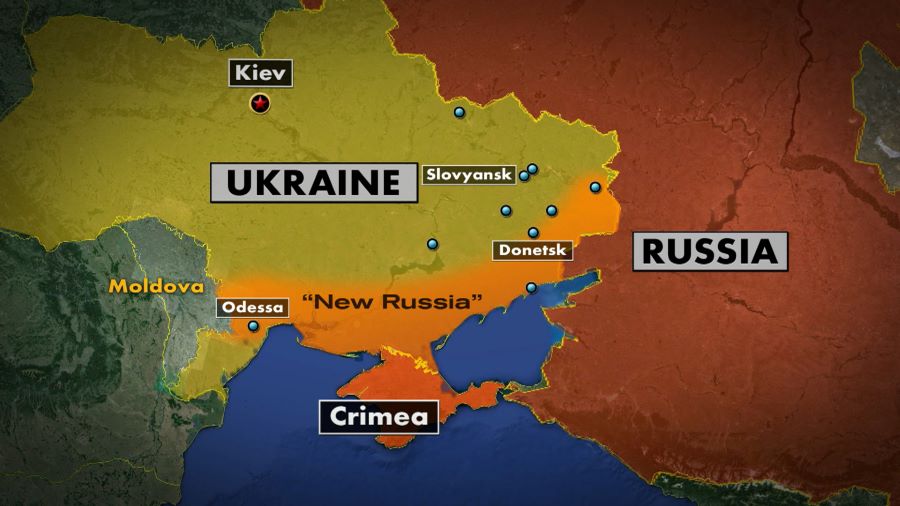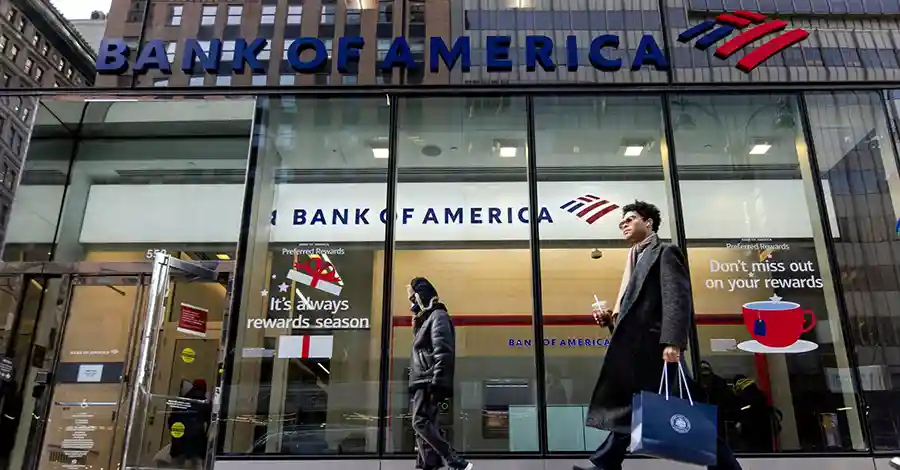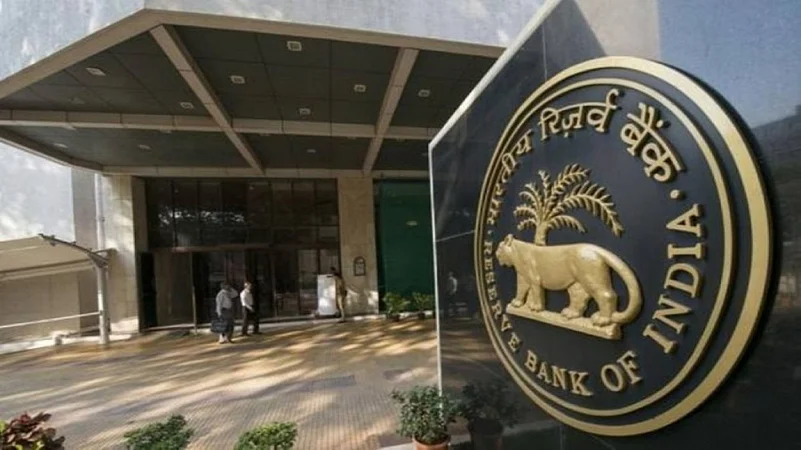Investor nervousness is gripping US financial markets with growing intensity as mounting uncertainties buffet the investment landscape. Despite the S&P 500 maintaining solid year-to-date gains of approximately 13%, weekly waves of market-shaking news have created an increasingly volatile trading environment characterized by sudden downturns and widespread investor jitters.
The latest volatility erupted this week when two regional banking lenders issued warnings about significant losses stemming from alleged fraud, triggering immediate market uncertainty and fears of potential systemic banking sector issues.
Weekly Waves of Market Fear: What’s Spooking Investors?
US financial markets have endured an unprecedented barrage of negative catalysts over recent weeks, creating a seemingly endless cycle of investor anxiety. The current environment stands in stark contrast to the relatively calm trading conditions typical of bull markets.
Recent Market Shock Events:
Banking Sector Fraud Warnings (Current Week): Two regional US lenders announced substantial losses from alleged fraud incidents, immediately triggering concerns about potential systemic banking sector problems and broader financial stability risks.
US-China Trade Tensions: Markets swooned on multiple occasions as trade war anxieties resurfaced. The two superpowers continue face-offs over tariffs, advanced technology exports, and critical access to rare earth elements essential for modern manufacturing and technology industries.
Corporate Bankruptcies (September): The collapses of car parts supplier First Brands and subprime car lender Tricolor triggered nervous market commentary and concerns about stress spreading through interconnected supply chains and lending sectors.
April Tariff-Induced Rout: Earlier in the year, markets experienced a substantial downturn triggered by tariff anxiety, with the S&P 500 declining sharply before recovering.
Market Performance Reality: 13% Gains Mask Underlying Volatility
Amid the chaos and uncertainty, the actual market performance numbers tell a more nuanced story. The S&P 500 has posted approximately 13% gains since the start of 2025, representing solid performance despite the anxiety-inducing headlines.
Over the last month, however, US shares that had been climbing steadily since their April tariff-induced collapse have essentially flattened, with cumulative declines reaching roughly 3% at their steepest points.
Sam Stovall, chief investment strategist at CFRA Research, contextualized the current environment: “The market has done surprisingly well so far this year … driven by an improvement in corporate profits and the enthusiasm surrounding AI.”
The resilience observed year-to-date remains smaller than 2024’s substantial gains, but continues to represent healthy investment returns under typical market conditions. However, this very strength has become a source of concern for sophisticated investors evaluating market valuations.
The Valuation Paradox: Why Stock Market Strength Breeds Investor Anxiety
Ironically, the stock market’s resilience and solid performance represent the primary driver of growing investor nervousness. When measured against traditional valuation metrics like corporate earnings, US share prices currently appear exceptionally elevated.
The Core Problem: Stock prices are trading at historically high multiples relative to company profits, raising fundamental questions about market sustainability and the potential for dramatic correction scenarios.
This valuation disconnect between current share prices and underlying earnings creates structural instability within the market. As more sophisticated investors recognize this imbalance, concerns about potential sharp corrections intensify.

The Artificial Intelligence Bubble Debate: Overhyped or Justified?
Artificial intelligence enthusiasm has driven substantial portions of the year’s market gains, yet simultaneously generated an undercurrent of skepticism and concern among market participants. Since the start of 2025, steady conversations about potential AI industry bubble dynamics have gradually intensified.
The AI Valuation Concern: Major technology companies are deploying vast sums of capital into artificial intelligence development, infrastructure, and competition. Analysts increasingly struggle to identify how the extraordinary investment levels translate into proportionate financial returns and sustainable business models.
This fundamental tension has created significant analytical challenges. If AI investments fail to generate commensurate returns, valuations could face substantial downward pressure, potentially triggering broader market corrections.
Major Financial Institutions Issue Stretched Valuation Warnings
Concerns about elevated valuations have escalated into formal warnings from major financial institutions and international organizations. The Bank of England recently cautioned about “stretched valuations” and explicitly warned of rising risk regarding potential “sharp market correction” scenarios.
These concerns were echoed and amplified by significant industry figures:
JP Morgan Chase CEO Jamie Dimon: The banking giant’s chief executive raised concerns about current market valuations, suggesting potential overextension in asset prices.
Federal Reserve Chair Jerome Powell: The US central bank’s leadership acknowledged concerns about stretched valuations, though stopping short of declaring emergency conditions.
International Monetary Fund: In this week’s financial stability report, the IMO stated bluntly: “Markets appear complacent as the ground shifts.” The organization specifically flagged risks from:
- US-China trade tensions
- Geopolitical uncertainty
- Rising sovereign government indebtedness globally
According to the International Monetary Fund’s latest financial stability assessment, multiple structural vulnerabilities exist beneath the surface of apparently healthy market conditions.
Banking Sector Concerns and Investor Risk Management
The recent regional banking fraud incidents have sparked rapid investor reactions, though James Reilley, senior markets economist at Capital Economics, characterizes the response as a normal, healthy market function.
“The market falls triggered by the regional banks were a sign of investors alert to risk and moving quickly to reduce exposure amid uncertainty about whether the losses were indicative of wider issues,” Reilley explained.
However, he noted that the brief nature of market declines following banking news suggests such concerns resolve relatively quickly once additional information becomes available.
Contrasting Outlooks: Optimism vs. Caution Among Market Experts
Despite mounting concerns about valuations and multiple risk factors, significant disagreement persists among major market participants regarding near-term outlook prospects.
Optimistic Forecasters: Major investment firms Goldman Sachs and Wells Fargo have recently boosted their year-end forecasts for S&P 500 performance, suggesting continued positive momentum through 2025.
UBS Moderate Optimism: David Lefkowitz, head of US equities at UBS Global Wealth Management, predicts the S&P 500 will end the year hovering around 6,900 points—approximately 4% higher than current Friday levels. He characterizes sharp sell-offs as unlikely given:
- Solid US economic growth remaining resilient
- Federal Reserve continuing to lower borrowing costs
- Healthy default levels across credit markets
- Sustained AI demand unlikely to suddenly evaporate
However, Lefkowitz acknowledged the subtle nuance of current conditions, stating: “I’m not saying we’re in a bubble. I’m not saying we’re not in a bubble. The question is what’s going to drive the downside. Things don’t usually spontaneously decline.”
Historical Perspective: Bull Markets, Corrections, and Bear Markets
Sam Stovall provided important historical context regarding typical market cycle patterns. According to CFRA Research analysis, a typical bull market—when share prices are rising—lasts approximately four and a half years before experiencing correction or bear market conditions.
The current market rally presents an unusual characteristic: despite solid performance, it remains what analysts describe as “unloved.” Sticky inflation levels and investor wariness about Washington political developments—including potential government shutdowns and Trump administration efforts to influence Federal Reserve policy—have created an undercurrent of skepticism despite rising prices.
The Critical Reality: According to Stovall, “It’s just a matter of time. Corrections and bear markets have not been repealed. They might simply be delayed.”
Key Risk Factors Threatening Market Stability
Multiple structural and cyclical risks currently threaten market stability:
Geopolitical Uncertainty: US-China tensions, trade disputes, and broader international tensions create unpredictable market impacts.
Rising Government Debt: Global sovereign debt levels continue climbing, potentially reducing government capacity to respond to future economic crises.
Monetary Policy Uncertainty: Trump administration efforts to influence Federal Reserve independence raise questions about future policy direction and central bank credibility.
AI Valuation Sustainability: If artificial intelligence investments fail to generate proportionate returns, technology sector valuations could face substantial corrections.
Banking Sector Fragility: Regional lending institutions’ exposure to fraud and potential broader systemic issues remain under-explored.
What Investors Should Monitor Going Forward
Market observers recommend investors maintain vigilance regarding several key indicators:
Earnings Reports: Corporate profit growth must justify current valuations, or downward price adjustments become likely.
Federal Reserve Policy: Changes in interest rate trajectories and monetary policy could dramatically impact valuations.
US-China Relations: Trade policy developments and geopolitical tensions could trigger sudden market disruptions.
AI Industry Developments: Progress or setbacks in artificial intelligence commercial applications will significantly influence technology sector valuations.
Banking Sector Stability: Additional fraud revelations or broader credit stress could trigger broader market corrections.
Key Takeaways
US stock markets currently navigate a delicate balance between solid fundamental performance and elevated valuations that increase vulnerability to negative catalysts. While the S&P 500 has posted respectable 13% year-to-date gains and major forecasters see modest upside remaining, underlying nervousness among sophisticated investors reflects legitimate concerns about stretched valuations, AI bubble dynamics, and multiple geopolitical uncertainties.
Market corrections and bear markets remain inevitable aspects of investment cycles, and the extended bull market run combined with historically elevated valuations suggests investors should prepare for potential downside volatility. The coming months will test whether current optimism proves justified or represents another cycle of market exuberance destined for correction.




















Comments